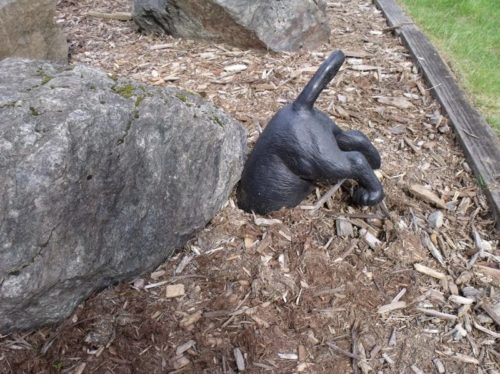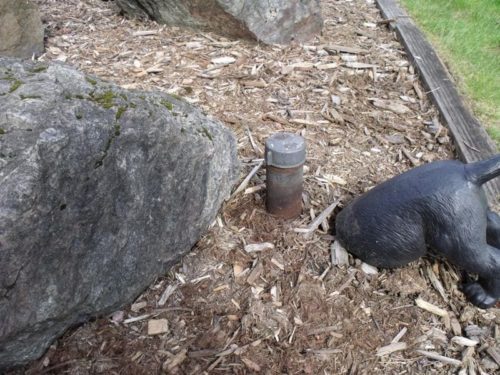
Just because you do not see the bear in the woods does not prevent one that is there from seeing you.
 Most home inspector standards of practice attempt to protect (or absolve) the home inspector from some of these bears that might turn around and bite them where the sun does not shine.
Most home inspector standards of practice attempt to protect (or absolve) the home inspector from some of these bears that might turn around and bite them where the sun does not shine.
The ASHI Standards of Practice reads like this (under General Exclusions), the inspector is not required to determine:
- the presence of potentially hazardous plants or animals including, but not limited to, wood destroying organisms or diseases harmful to humans including molds or mold-like substances.
- the presence of any environmental hazards including, but not limited to, toxins, carcinogens, noise, and contaminants in soil, water, and air.
The Washington State Standards of Practice reads like this (under Exclusions & Limitations), the inspector is not required to:
(3) Report the presence of potentially hazardous plants or animals including, but not limited to, wood destroying insects or diseases harmful to humans; the presence of any environmental hazards including, but not limited to mold, toxins, carcinogens, noise, and contaminants in soil, water or air; the effectiveness of any system installed or methods utilized to control or remove suspected hazardous substances.
It is through these “exclusions” that most inspectors attempt to deal with a myriad of issues that they, the agents, and their buyers would just as soon not exist. However, in the end, it is the buyer that will be faced with dealing with these “bears.” Finding out about them after the fact, might just result in the bear being set loose on the inspector and/or agent.
The way I see it, these exclusions are in place so that the home inspector cannot be held responsible for any bears that simply do not give themselves away. Isn’t this only logical? The woods is no doubt full of bears but if they are all sleeping during the day, away in some shady cave, how is the inspector to know? Obviously they cannot.
On the other hand, if in the process of walking through the woods, the inspector stumbles upon a sleeping bear, would it not be prudent to warn others people in the vicinity—all the while carefully backing away from the bear—and hopefully not waking it?
There is a long list of these sorts of bears in any home—but especially older homes. Take for example vermiculite—a substance known to have a high probability of asbestos (in fact the EPA says to “assume” vermiculite contains asbestos). While the inspector might be within his or her right to ignore this “bear” and say absolutely nothing about it to the buyer, does this provide an acceptable “level of care” for the client?
If the inspector discovers that the heating system duct work in the recently nicely remodeled and flipped home are yellow with the signs of heavy cigarette smoking, does he or she say nothing?
How about the mold covered wall where the bed has been shoved up against the wall?
There are also the bear cubs that must be dealt with—those items in the house that are “possibly” problematic—where problems associated with them might be a little less conclusive. For example all sorts of floor covering materials may or may not have asbestos. To me, mentioning that some of these bear cubs are known to contain asbestos and some don’t and to recommend testing in the context of remodeling is a prudent level of care that informs the client and protects the inspector.
 I find it a little difficult to understand how hiding behind the “exclusions” of our Standards of Practice either protects us as inspectors or does real service to our clients.
I find it a little difficult to understand how hiding behind the “exclusions” of our Standards of Practice either protects us as inspectors or does real service to our clients.
To me, the exclusions are meant to cover our butts when there is in fact a bear in the house but there is no way for us to know. Does this open the door to someone else claiming that the bear was clearly visible and the inspector should have seen it? Of course it does—but that door is always open anyway and pretending otherwise is just another version of ignoring the bear in the woods.
These exclusions are also meant to protect us from all the new types of bears that have yet to be recognized. There once was a time when there were no Asbestos Bears, Lead Bears, Oil Tank Bears, or Meth Lab Bears.
In the end, if you saw a bear sleeping in the dog house in the back yard—would you say nothing about it?
By Charles Buell, Real Estate Inspections in Seattle
If you enjoyed this post, and would like to get notices of new posts to my blog, please subscribe via email in the little box to the right. I promise NO spamming of your email! 🙂